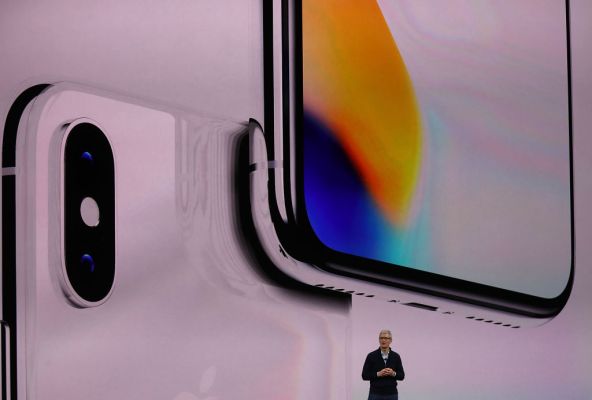When Apple announced its partnership with GE this week, it would have been easy to dismiss it as another random collaboration from a company people don’t generally associate with the enterprise. After all, Apple killed off their enterprise server product years ago. You might rightly ask, what exactly do they have to do with the enterprise these days?
But if you consider the notion of digital transformation and what it really means, a big part of it is the mobile experience. Then if you examine the enterprise partnerships the company has forged over the last several years, you begin to see a picture emerging of a company with a pretty darn concrete enterprise strategy. They just never seem to have articulated it publicly.
Those partnerships include some of the biggest enterprise names in the business, starting with IBM, Cisco and SAP, and finally and that new partnership with GE. When you throw in the ones with systems integrators Accenture and Deloitte, you can really discern a fairly vigorous approach to the enterprise market.
It all makes sense actually when you consider people have been bringing their i-devices into work since the very first iPhones. It took some time for IT to catch on because back then everyone still had a company Blackberry, but over the years as the Bring Your Own Device movement really began to take shape in the 2011-2013 timeframe, people started bringing their iPads and iPhones to work and IT had to begin thinking about how to put those devices to work.
For Apple, the advantage is clear. If they can start getting bigger companies standardized on iOS, they can gain momentum around iPhone and iPad use, whether at work or at home, and the set of partnerships has helped reinforce that work component.
There is a method here to their madness around these partnerships. They are not simply random couplings with big-name companies. With IBM and SAP they got involved with two of the biggest enterprise software companies in the world. That kind of partnership lift is obvious, but it also provided a way to work with these companies to build meaningful vertical apps on the iOS platform.
It’s not entirely clear how well these apps have worked in practice, or widespread they are being used, but the companies are clearly working to build apps that help redefine business processes, while connecting iOS to back-end systems to provide an easier way to work than traditional enterprise software has offered people.
Cisco brought more of a horizontal approach with its Fast Lane, allowing easier and faster on-boarding of i-devices on Cisco networking equipment (which is used inside just about every enterprise data center out there).
GE meanwhile is focused specifically on industrial settings and the two systems integrators are concentrating on creating practices around iOS, and finding ways to use the platform effectively inside of any large business.
The idea from Apple’s perspective is to move beyond the phone or tablet as simply being a communications device and finding ways to make it an integral part of the everyday work experience. While BYOD drove that movement, Apple would surely welcome these large companies standardizing on the Apple platform, now that so many employees are using their devices at work anyway.
Whether companies choose to do that, the variety of partnerships we have seen forming over recent years is part of a deliberate attempt to give large companies the tools they need from the vendors they are used to working with, while encouraging use of Apple devices across these organizations. That clearly demonstrates these moves have been anything but random, and it’s highly likely we will see other similar alliances moving forward as Apple continues to push its way into the enterprise — whether it’s clear that they are doing that or not.
